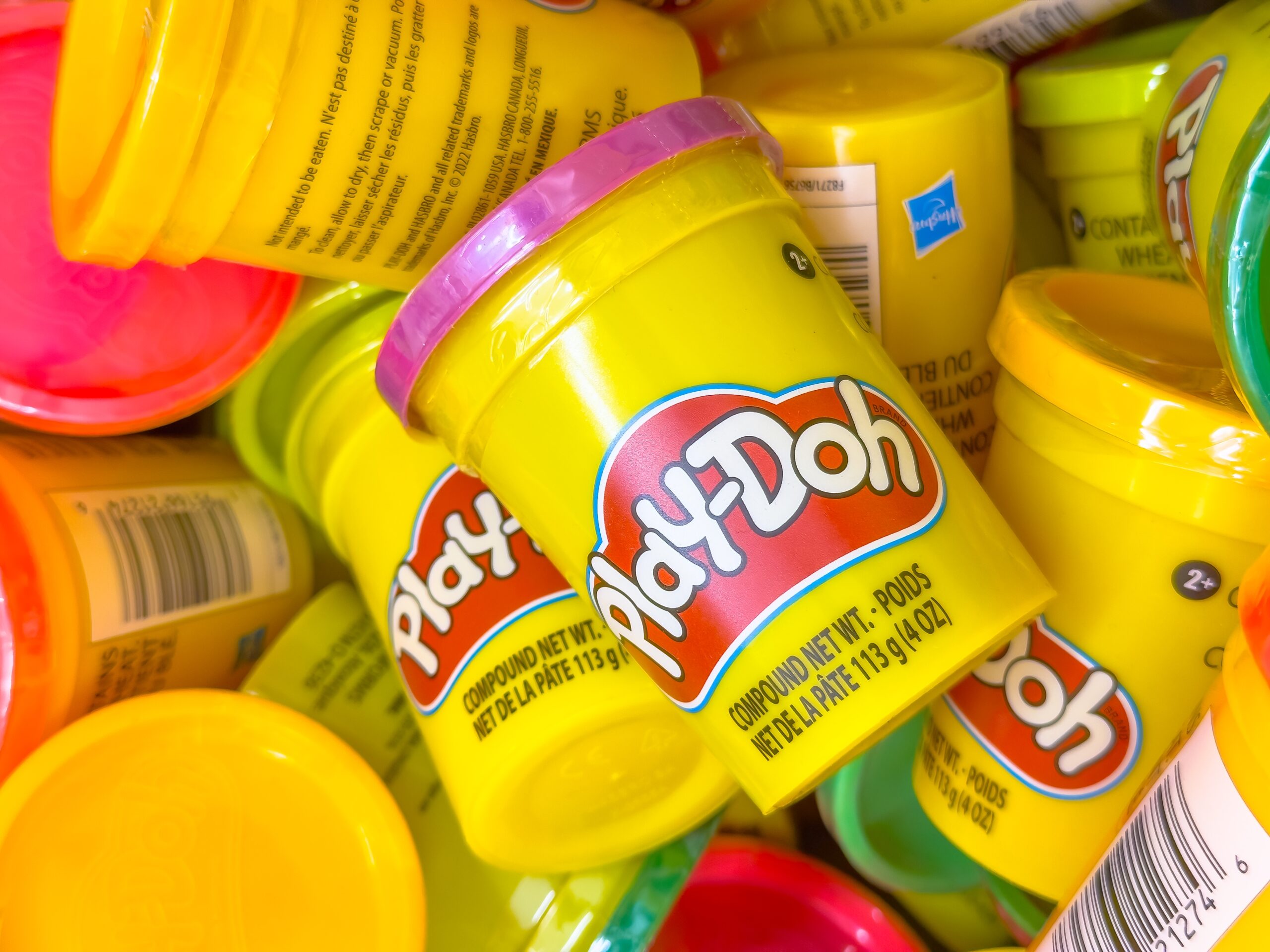Hear That? Smell That? It’s Trademarked!
Adrian Thomas
8 Jul 2025
•5 min read

When people think of trademarks, they often envision logos, brand names, or taglines. However, trademark law has evolved to allow for the protection of non-traditional trademarks such as colors, sounds, and even scents. As an experienced trademark attorney, I’ve seen more businesses successfully use these unique trademarks to set themselves apart and create memorable brand identities. Yet, securing protection for non-traditional trademarks comes with its own set of challenges and standards.
What Are Non-Traditional Trademarks?
A non-traditional trademark is any unique attribute that identifies a brand and distinguishes its goods or services from others, beyond the traditional word or logo. Non-traditional trademarks include:
- Colors: A single color or a combination of colors used on a product or its packaging.
- Sounds: A specific sound that customers associate with a particular brand.
- Scents: A distinctive smell that identifies the source of a product.
While non-traditional trademarks are valuable, they require the applicant to show distinctiveness—meaning the element must clearly identify the source of goods or services to consumers. Let’s look at each category in more detail.
Color as a Trademark
While a single color can’t typically be trademarked, a color can acquire trademark protection when it’s distinctive and associated with a specific brand in the minds of consumers. The U.S. Supreme Court’s decision in Qualitex Co. v. Jacobson Products Co. (1995) was pivotal in establishing the criteria for color trademarks. In that case, Qualitex successfully argued that the green-gold color used on its dry-cleaning pads was distinctive, leading the Court to recognize that colors can be trademarked if they serve a source-identifying function.
Since then, several well-known brands have obtained color trademarks:
- Tiffany & Co.: Tiffany’s iconic “robin’s egg blue” has been protected as a trademark since 1998 for jewelry, boxes, and bags. This color has become so synonymous with the brand that it reinforces Tiffany’s luxury identity without the need for additional branding.
- Louboutin’s Red Sole: In Christian Louboutin S.A. v. Yves Saint Laurent America Inc. (2012), Christian Louboutin won trademark protection for the use of a red sole on women’s shoes, arguing that the red color was distinctive of its brand. The Second Circuit ruled that the red sole could be protected as a trademark, provided it contrasted with the color of the shoe’s upper portion.
Notably, the courts typically restrict color trademarks to specific contexts. For example, UPS holds a trademark for the color brown on its delivery trucks and uniforms, but only within the context of logistics and delivery services. If someone in a different industry used a similar shade of brown, UPS would not be able to prevent it.
Sound as a Trademark
Sound trademarks, or “sound marks,” are sounds that consumers associate exclusively with a brand. These trademarks are common in industries that utilize advertising jingles or distinct sounds as part of their brand identity. To qualify, the sound must be unique enough that consumers recognize it as associated with a particular product or service.
Examples of well-known sound trademarks include:
- NBC’s Chime: One of the most recognizable sound marks, NBC’s iconic three-note chime, became the first sound mark to receive trademark protection in the United States.
- MGM’s Lion Roar: The roaring lion used at the beginning of MGM films is another trademarked sound, which has been a core part of MGM’s brand identity for decades.
However, the TTAB highlights the fact that sounds must be distinctive and non-functional to be eligible for trademark protection.
Scent as a Trademark
Scent marks are perhaps the most challenging of all non-traditional trademarks to obtain. The scent must be distinct, recognizable, and not simply serve a functional purpose, which means it can’t be inherent to the product’s use.
One example of a successful scent trademark is Hasbro’s Play-Doh Scent, which was registered in 2017. Hasbro defined the Play-Doh scent as a unique blend of “a sweet, slightly musky, vanilla-like fragrance, with slight overtones of cherry, combined with the smell of a salted, wheat-based dough.” The scent was considered distinctive enough that consumers could identify it as Play-Doh without seeing the product, fulfilling the trademark’s purpose of indicating origin.
Another noteworthy case is Verizon’s Store Scent Trademark Application (2006), where Verizon sought to trademark a unique scent for its retail stores. The USPTO denied the application, ruling that the scent wasn’t distinctive enough to warrant trademark protection, illustrating the high bar for scent trademarks and the importance of proving distinctiveness.
Challenges and Key Considerations for Non-Traditional Trademarks
While non-traditional trademarks offer unique branding opportunities, they present challenges that traditional trademarks often do not. Here are some key points to keep in mind:
Establishing Distinctiveness
The most significant challenge is proving that the non-traditional element is distinctive and serves as a source identifier. For colors, distinctiveness can be proven by showing “secondary meaning”—that consumers associate the color with the brand due to extensive use and advertising.
Avoiding Functional Use
Non-traditional marks cannot be functional. For example, the color black cannot serve as a trademark for a brand of car tires because the color black is functional for tires. In the same vein, a pleasant scent cannot be trademarked for a product where the scent is integral to the product’s enjoyment, such as perfumes or air fresheners.
Narrow Protection Scope
Non-traditional trademarks are often limited in scope to prevent monopolization of common features. For instance, although Louboutin’s red sole is trademarked, it only applies when the sole contrasts with the shoe’s upper color. Such limitations prevent brands from overly restricting competitors’ design freedom.
Geographic Differences in Enforcement
International protection for non-traditional marks can vary widely, as some countries may not recognize certain non-traditional trademarks, especially scent and color marks. Working with an experienced trademark attorney who understands the international nuances is crucial for brands seeking global protection.
Why Non-Traditional Trademarks Matter for Modern Branding
Non-traditional trademarks are valuable assets for companies that want to build strong, memorable brand identities that go beyond logos and slogans. A unique color, sound, or scent can create a visceral association with a brand, offering a competitive advantage and protecting the brand’s identity in a crowded market.
Non-traditional trademarks—be they colors, sounds, or scents—are powerful tools for businesses to enhance brand recognition. However, obtaining protection for these marks requires a thoughtful strategy and substantial evidence of distinctiveness. By understanding the requirements and limitations, businesses can leverage non-traditional trademarks to stand out and foster loyalty among customers.
At Hebert-Thomas Law, PLLC, we guide businesses through the trademark registration process, from traditional marks to the intricacies of non-traditional ones. If you’re considering a unique trademark for your brand, contact us to discuss how we can help protect your brand’s unique identity.
This insight is for informational purposes only and does not constitute legal advice. For specific guidance on your intellectual property matters, please consult with a qualified attorney.
Subscribe to newsletter
Subscribe to receive the latest blog posts to your inbox every week.
By subscribing you agree to with our Privacy Policy.



